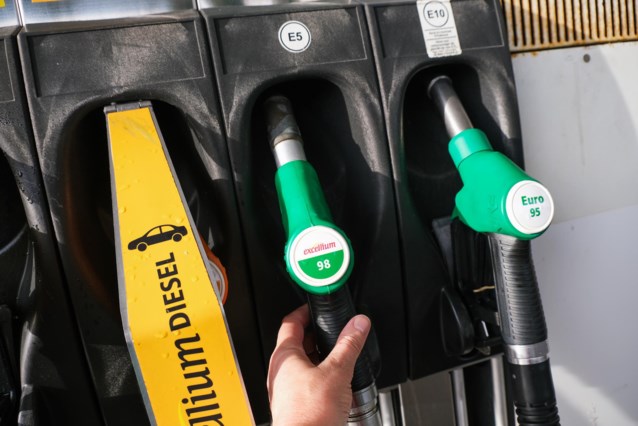In 2022, federal revenues from energy taxes and the European Emissions Trading System (ETS) together amounted to approximately 9 billion euros. The majority of this (5.4 billion) came from excise duties on energy, followed by VAT (2.7 billion) and ETS revenues (700 million).
Depending on the pace of the climate transition, a large part of current income will quickly erode. According to the estimates of the Climate Change Service based on current rates, in a scenario that leads to climate neutrality in 2050, the resources from excise duties on energy products could even fall to 2 billion euros. Especially in the transport sector – with the switch to electric vehicles – excise tax revenues would fall drastically. The increase in revenues from excise duties and VAT on electricity would be insufficient to compensate for the loss on fossil fuels.
However, Belgium is also seeing additional income flow in, especially from the expansion of the ETS. Currently, only large industrial companies pay for their CO₂ emissions. A second emissions trading system (ETS2) for buildings, road transport and smaller companies will also come into effect in 2027. Our country could thus receive an estimated additional €4.1 to 5.7 billion in the period 2027-2030. In addition, Belgium could count on 900 million euros from the Social Climate Fund and up to 2.5 billion from a carbon border adjustment mechanism (CBAM).
New income cannot be spent freely
In 2030, the new revenues – estimated at up to 3 billion euros – could even be significantly higher than the loss of excise tax revenue (-1 to -2 billion euros in 2030). However, this income cannot always be spent freely, such as that from excise duties. “It is important to emphasize that the income from the Social Climate Fund is linked to the Social Climate Plan and resources from ETS2 must of course be used to support the climate transition and supporting target group policy,” says co-author Justine Soete.
In addition, there is a different distribution between federal and regional powers. “Excise tax revenues come in at the federal level, while the resources from the Social Climate Fund and ETS2 also partly go to the regions,” says Soete. “That poses an additional difficulty for Belgium.”
It is therefore important that policymakers are aware of the budgetary impact and implement fiscal reforms that take into account the evolution towards a low-carbon economy, they say. The various levels of government must also quickly arrive at a distribution key for ETS2 revenues.
Still subsidies for fossil fuels
In addition to future taxation, the authors of the report also re-examined current prices, taxes and costs of energy. The biggest conclusion was that price signals in Belgium remain contradictory. For example, the reimbursement of excise duties on professional diesel still entails a significant subsidy for fossil fuels (of 825 million euros in 2022) and the higher excise duties on electricity compared to fossil fuels prevent the rollout of, for example, heat pumps. There are also all kinds of advantages for the industry that come down to subsidies for fossil fuels and therefore discourage the switch to sustainable alternatives, it is said.
These price signals play a crucial role in achieving Belgian emission reduction targets and therefore phasing out fossil fuels. “The price of energy products, both in absolute terms and the relative prices between different energy products, is an important driver for changing consumption patterns,” the report states.
Regions and federal government inconsistent
Finally, the Climate Change Service criticizes a lack of consistency in the fiscal instruments between the regions on the one hand and with the federal government on the other. This makes it “more difficult to assess the combined impact of all policy measures,” it said.
